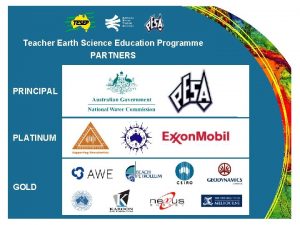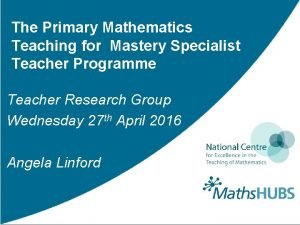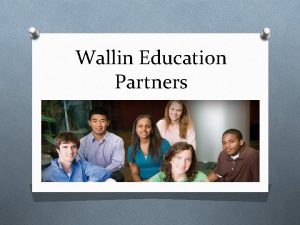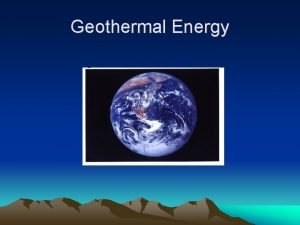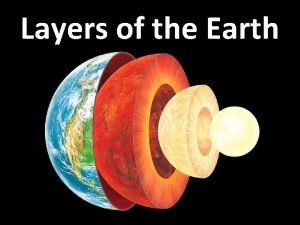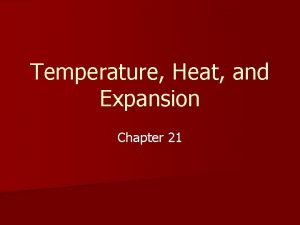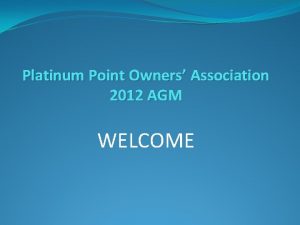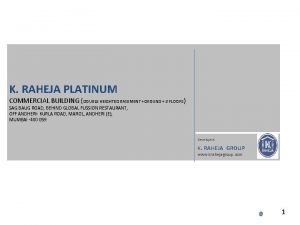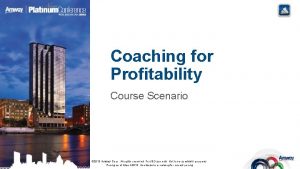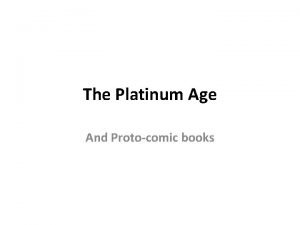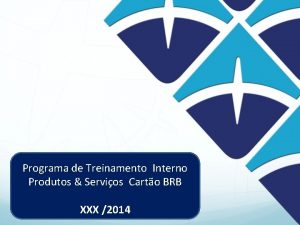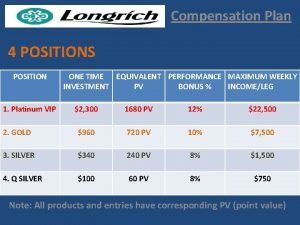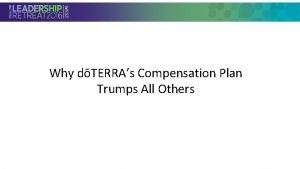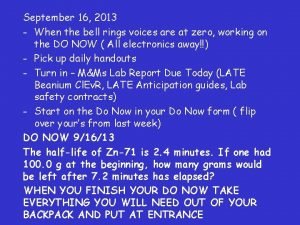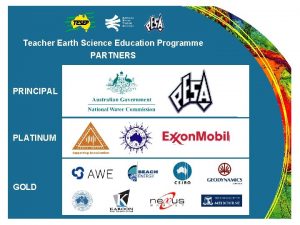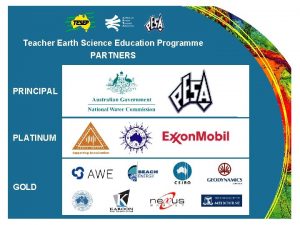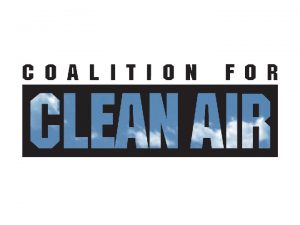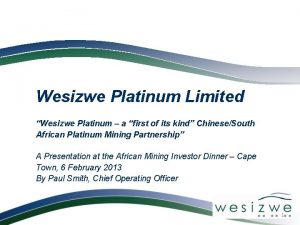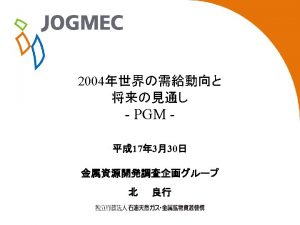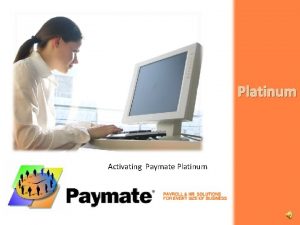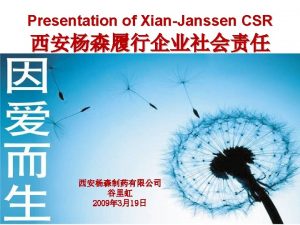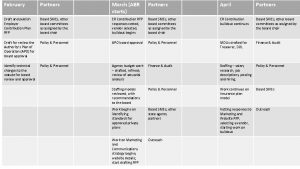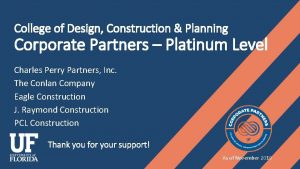Teacher Earth Science Education Programme PARTNERS PRINCIPAL PLATINUM














- Slides: 14

Teacher Earth Science Education Programme PARTNERS PRINCIPAL PLATINUM GOLD

Teacher Earth Science Education Programme PARTNERS SILVER BRONZE • The Australian National University • Department of Primary Industries, Vic • Earth Science Western Australia • Pitney Bowes Business Insight • Power. Works • Queensland Resources Council • Rob Kirk Consultants • The University of Sydney • The University of Tasmania Anglo Coal Australian Nuclear Science and Technology Organisation CS Energy Department of Sustainability and Environment, Vic Essential Petroleum Flinders University Gordon Wakelin King Great Artesian Basin Coordinating Committee Hot Dry Rocks Macquarie University Sandy Menpes Monash Energy Museum Victoria Our Water Our Future, Vic Petroleum Geo-Services Primary Industries and Resources SA Stanwell Corporation Velseis Zero. Gen

Teacher Earth Science Education Programme Wet Rocks – Learning about Groundwater Using “Tectonic Island” game as a teaching tool

Teacher Earth Science Education Programme Tectonic Island – a water balance game • Key concepts: – A tropical coral or sand island has a finite water balance – You need to balance development (and profit!) with maintaining your water supply

Teacher Earth Science Education Programme Game framework Money, time and salinity meter Tourists arrive on the island to spend money! Salt water Build houses, and improve their water efficiency Rainfall replenishes the fresh water Supply bore Fresh water

Teacher Earth Science Education Programme Groundwater Dynamics – Unconfined Aquifers Water entering the soil Water used from the soil Soil storage (unsaturated zone) Recharge Change in saturated zone storage Aquifer through-flow Groundwater Pumping

Teacher Earth Science Education Programme 1 Fresh water Salt water 40 Ghyben-Herzberg relation

Teacher Earth Science Education Programme 1 Fresh water 40 Salt water

Teacher Earth Science Education Programme 1 Fresh water 40 Salt water

Teacher Earth Science Education Programme http: //en. wikipedia. org/wiki/File: Salt_water_intrusion_wikipedia 4. png

Teacher Earth Science Education Programme Use in the class room Unstructured observation • 10 to 15 minutes of ”play”, recording and or discussing observations at the conclusion. Some observations may be: • The faster the development, the faster the water goes salty • Its really random – it just depends when it rains! • Improved water efficiency helps keep the island going longer

Teacher Earth Science Education Programme Use in the class room Structured “games” What is the sustainable limit of development for the island? • Set up a sustainability concept – say use a 10 minute time period as your “sustainable” horizon (another activity is to use longer time periods – but this may be more a project than a class room activity). • Break the class up into groups to “evaluate” different development scenarios – 2, 4, 6, 8, 10 houses, with or without water efficient upgrades. • Run the game – at 10 minutes (or whatever you decide), get the students to report on which scenarios where still “running”, which had failed (and when) and how much money was made. • Collectively analyse the class information and determine what would be sustainable developments. • Note: It is a game – it is built with random functions, so there will be variation even between similar scenarios!

Teacher Earth Science Education Programme Use in the class room Competitive “games” Who can make the most money in 5 minutes!

Teacher Earth Science Education Programme Links to other topics • Permeability and porosity • Recharge • Contamination (a really BIG issue on a tropical island) – things like septic tanks, sewerage run-off, chemicals for food growing (fertilizers, pesticides), petrol / fuel storage,
 Principalplatinum
Principalplatinum Primary mathematics specialist teacher programme
Primary mathematics specialist teacher programme My favourite subject is english because
My favourite subject is english because Wallin education partners
Wallin education partners The principal source of earth’s internal energy is
The principal source of earth’s internal energy is What are the 3 layers of the earth
What are the 3 layers of the earth Chapter 21 temperature heat and expansion answer key
Chapter 21 temperature heat and expansion answer key Platinum point owners association
Platinum point owners association Raheja platinum
Raheja platinum Amway 50 150
Amway 50 150 Protocomic
Protocomic Brb millenium platinum
Brb millenium platinum Platinum vip plan
Platinum vip plan Herbalife diamond level income
Herbalife diamond level income Beta decay of platinum-199
Beta decay of platinum-199
